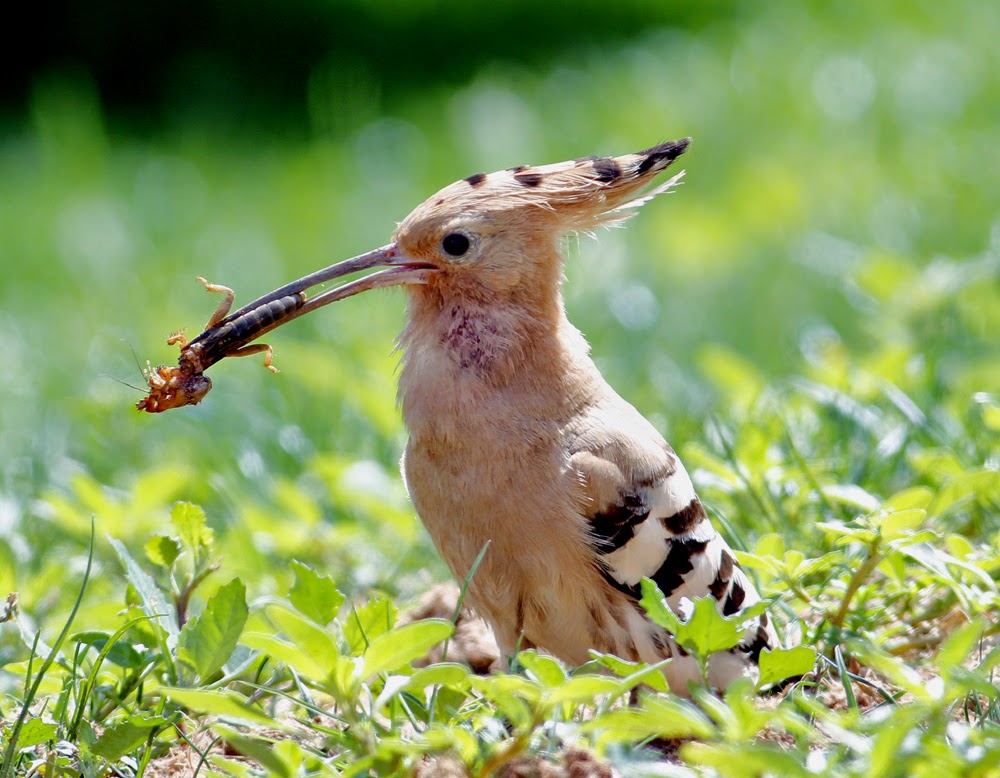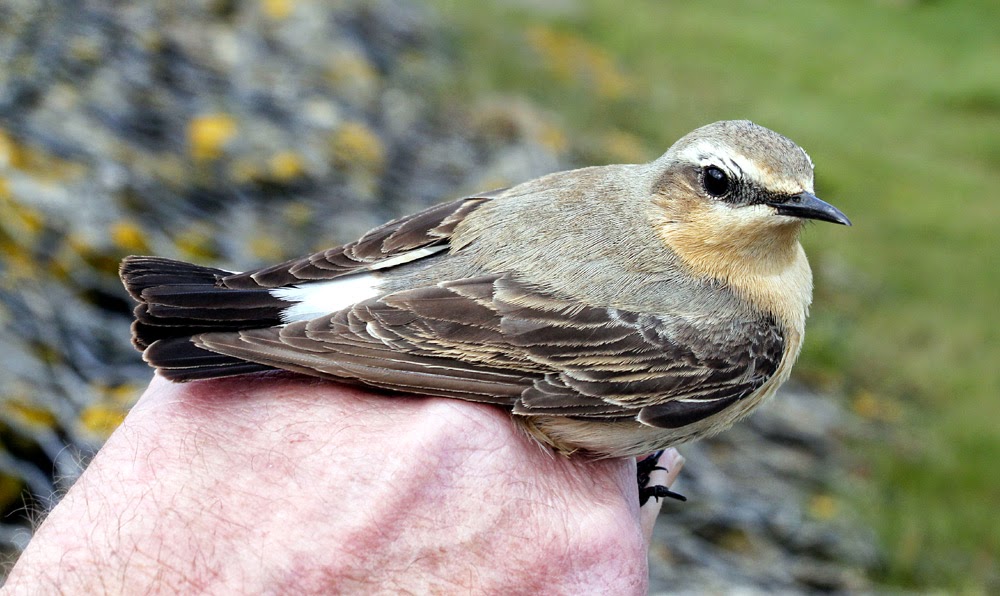This morning was spent looking for migrant birds but some of those I found were not the normal species associated with late April.
There was another frost and a layer of ice on the car, not ideal conditions for early morning warblers or little brown jobs so I decided to leave the bush bashing until the air warmed and motored to Conder Green instead. Later I learnt that snow fell in Blackburn, not a million miles from here.
The high tides of winter and spring have filled the pool again so that there’s still very little mud and too much water to attract any numbers of waders. So most if not all of the morning’s waders and wildfowl were in the tidal channels or on the marsh.
There was a good selection without an enormous number by way of 4 Common Sandpiper, 2 Greenshank, 2 Snipe, 1 Spotted Redshank, 2 Teal, 1 Wigeon, 10 Tufted Duck and 1 Little Egret. Through April there has been something of a passage of Tufted Ducks at Conder Green but now many have departed until Autumn.
Tufted Duck
At Fluke Hall car park were 3 Whitethroats, 2 males in song and a much quieter female, the female already the object of attention in being chased around the hedgerow by one the males. Just then a Corn Bunting called but when I looked across a party of Corn Buntings had sat up on bramble and tall grass stems. In fact there were 14 or 15 of them but within a few seconds they departed north over the sea wall and lost to view, an unusual bit of Corn Bunting migration so late in April. But then it has been a cool, slow and rather delayed start to summer with yet more wind and rain to come we are told.
There was also a noticeable increase in Wood Pigeons compared to recent days, in particular a huge flock of about 550+ feeding enthusiastically in a few recently ploughed fields. When once or twice they all took flight the scene resembled one of wintertime and not Spring. Woodpigeons are known to move around in large flocks in winter in search of food and it’s probably fair to say that these were migrants of sorts but wherever they’re going they will be somewhat late in setting up home.
Woodpigeon
The pair of Mistle Thrush at Fluke Hall have been around all winter but now I’ve found the nest - high on the bough of a beech tree where the female sits on the eggs while the male mostly keeps out of the way.
Mistle Thrush
Also in or about the wood, 2 Blackcap, 2 Chiffchaff, 2 Greeenfinch, 2 Kestrel, 2 Buzzard, 2 Stock Dove, 1 Jay, 1 Great-spotted Woodpecker and lots of Blackbirds. Two Greylags continue to frequent the pool within the wood where they conduct themselves in a very quiet and unobtrusive manner, and I’m sure they are “at it”.
Blackbird
A walk along the sea wall required a jacket in the cool, some might say cold westerly breeze, where a single Wheatear, a few Linnets and singing Skylarks proved to be the only passerines. I tracked down one of the pairs of Skylarks and found their nest of three eggs.
Skylark
Skylark nest





























































.jpg)












